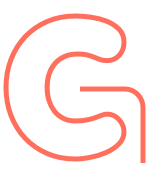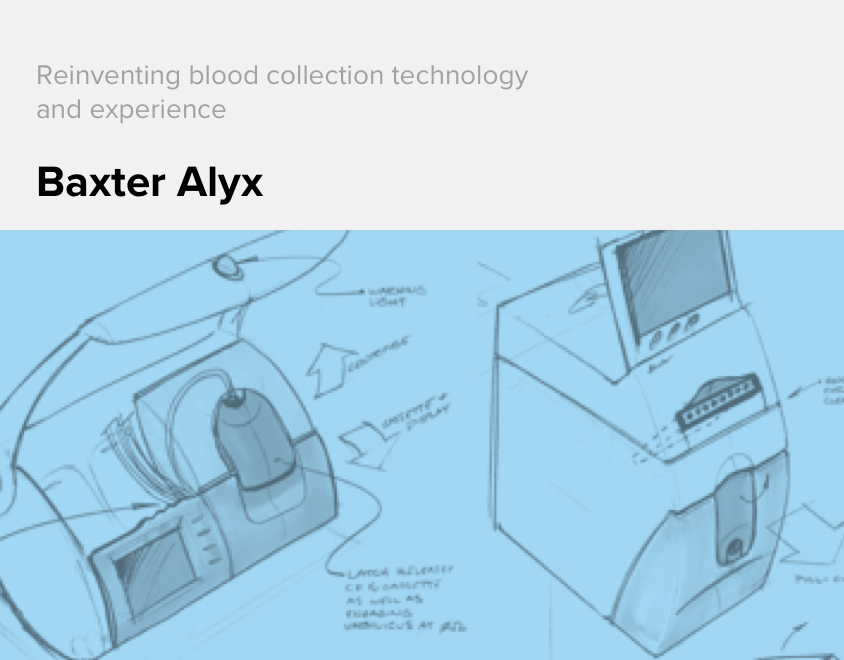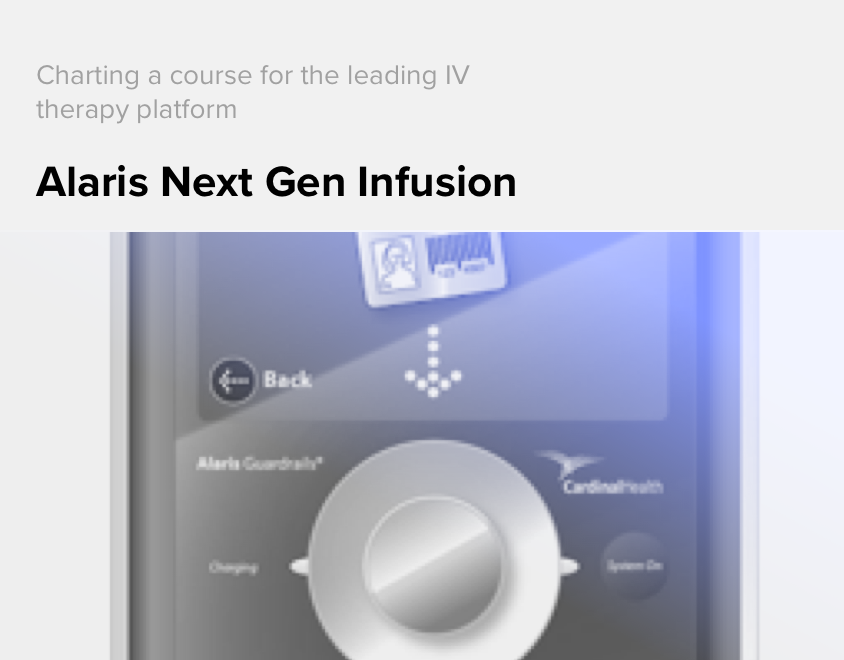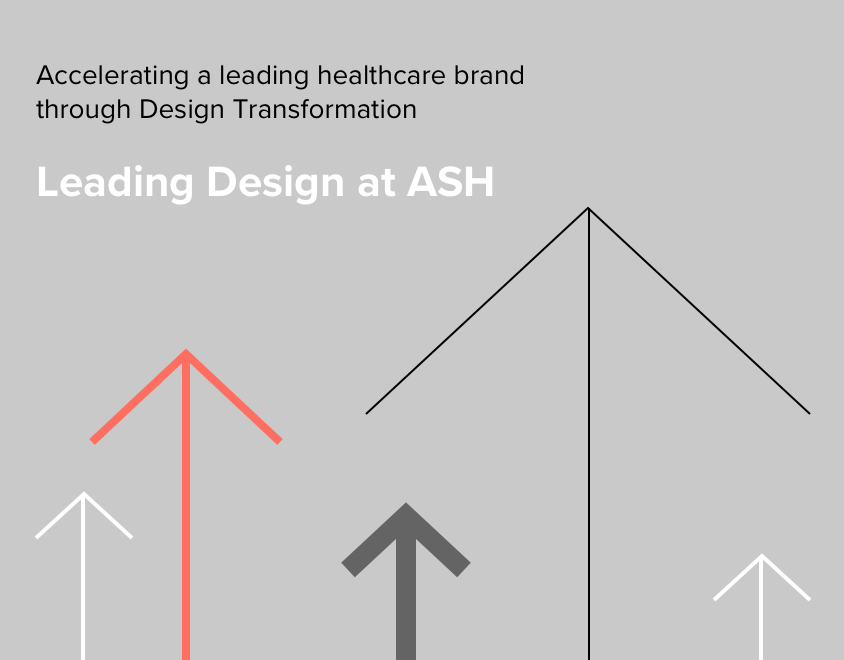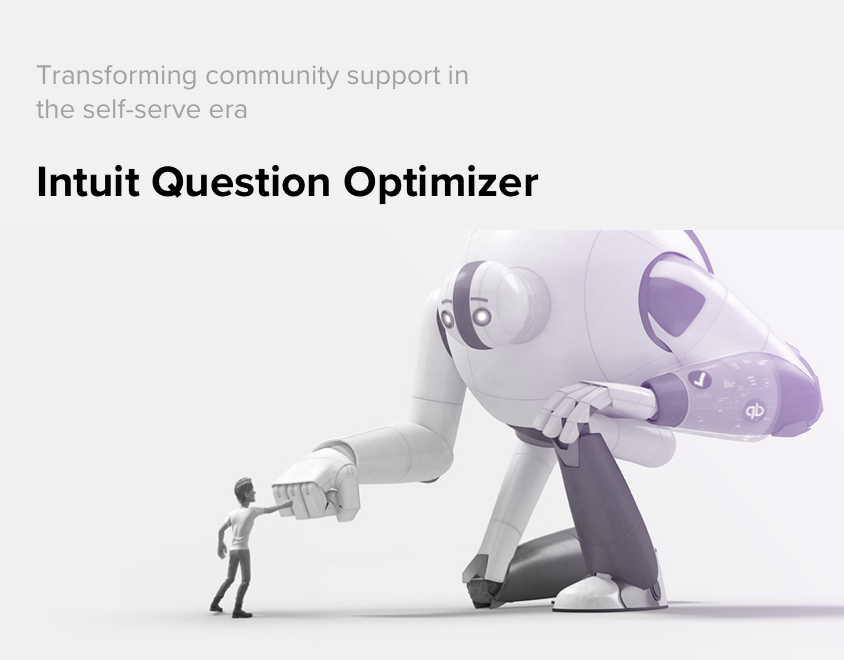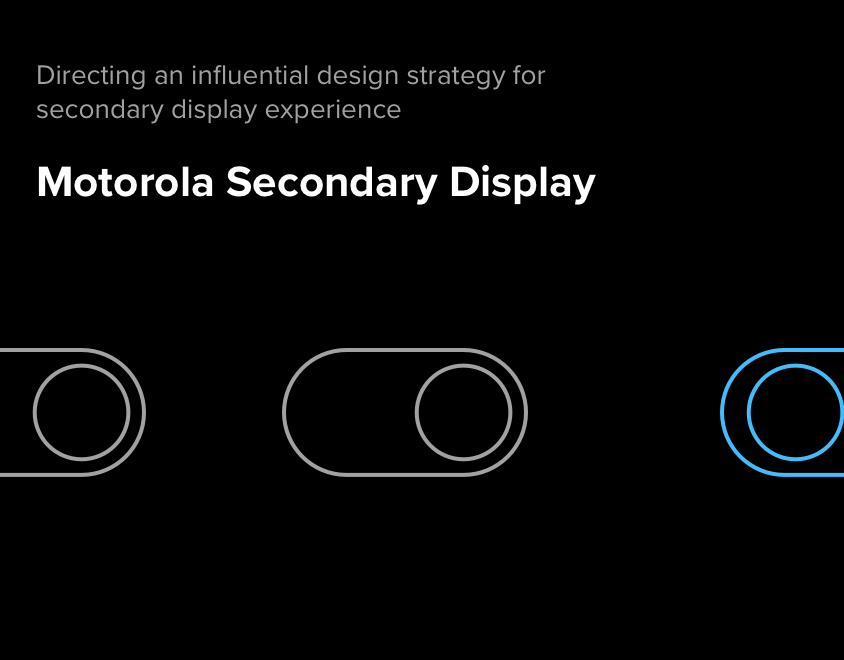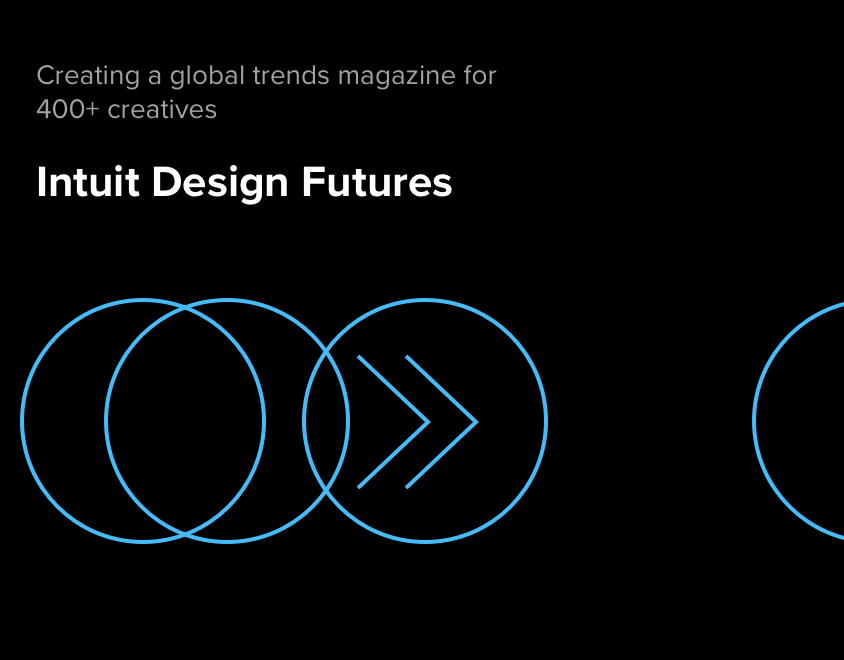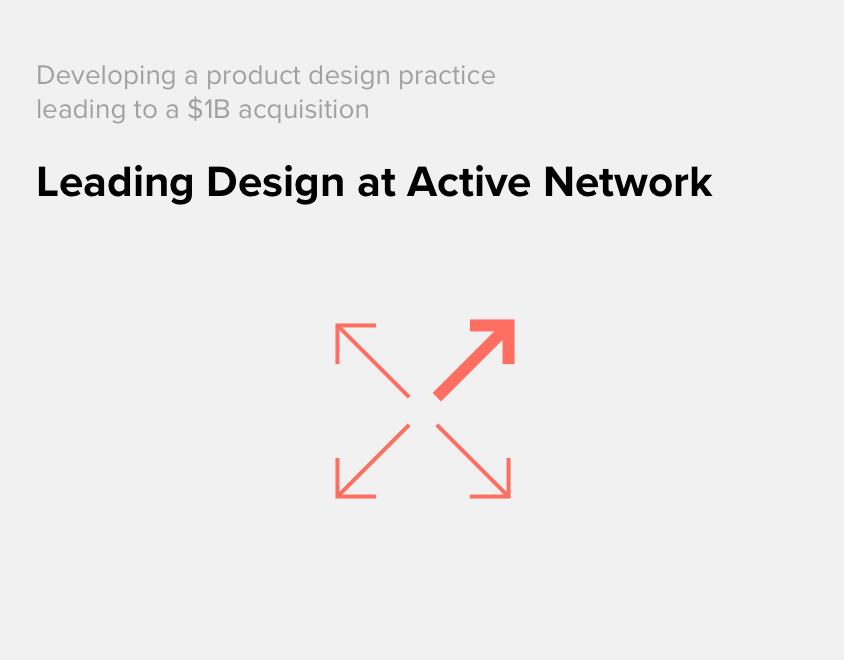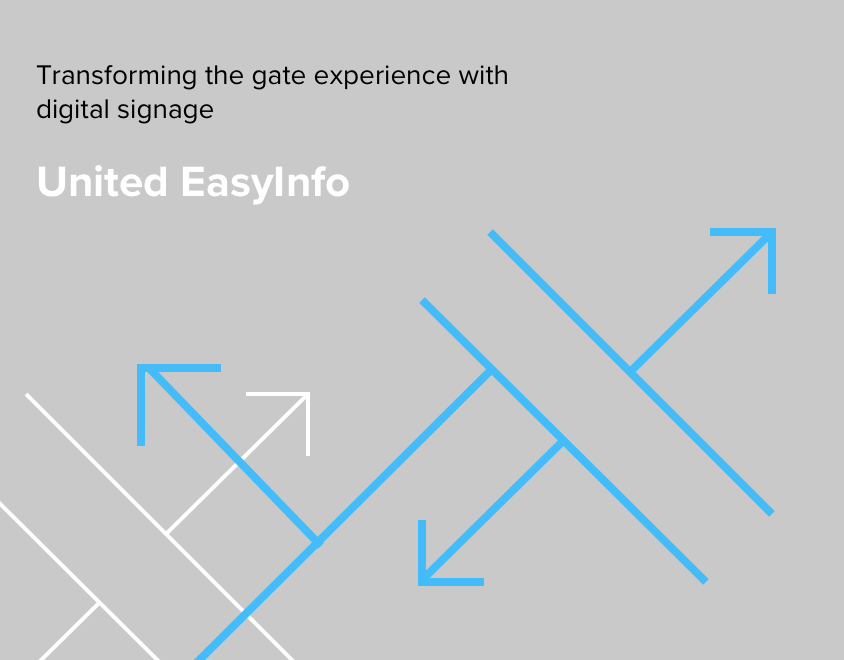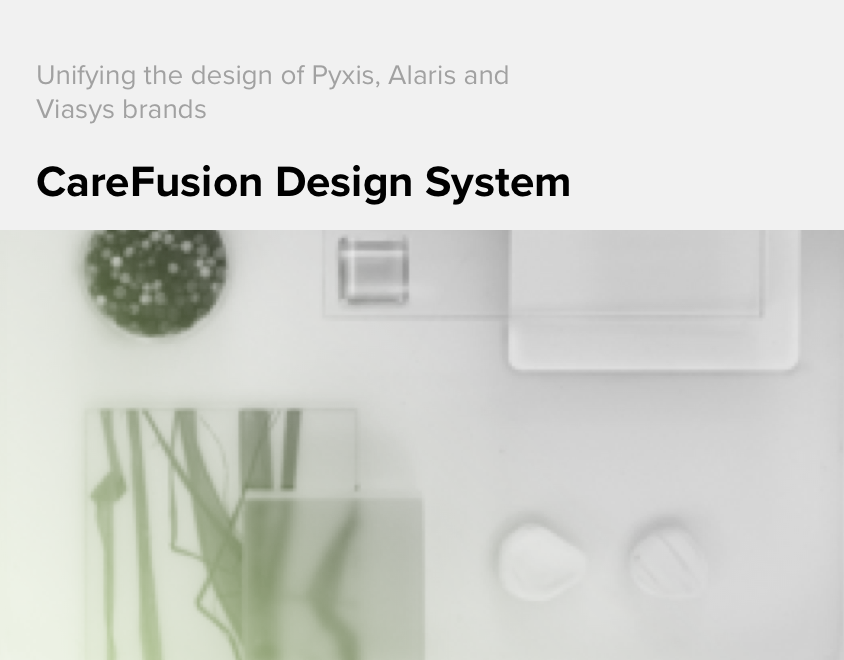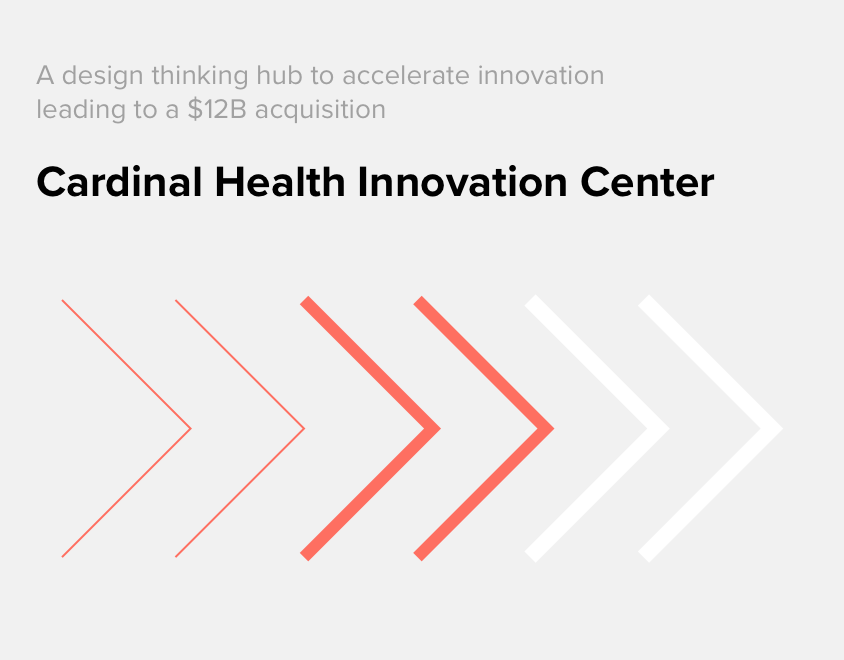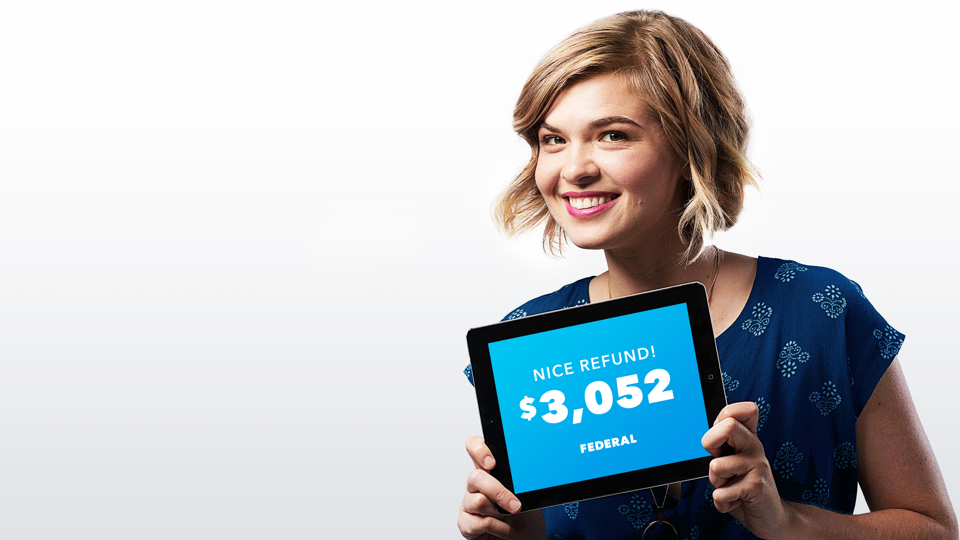
Overview
With special CEO funding, I was invited to join and lead the design of Intuit's innovative Live Community program. This custom Social Q&A Platform included high-traffic portals and in-product widgets.
Our program was so effective that in 2016, Intuit made us the official Self Help & Search Platform, powering TurboTax, QuickBooks and more.
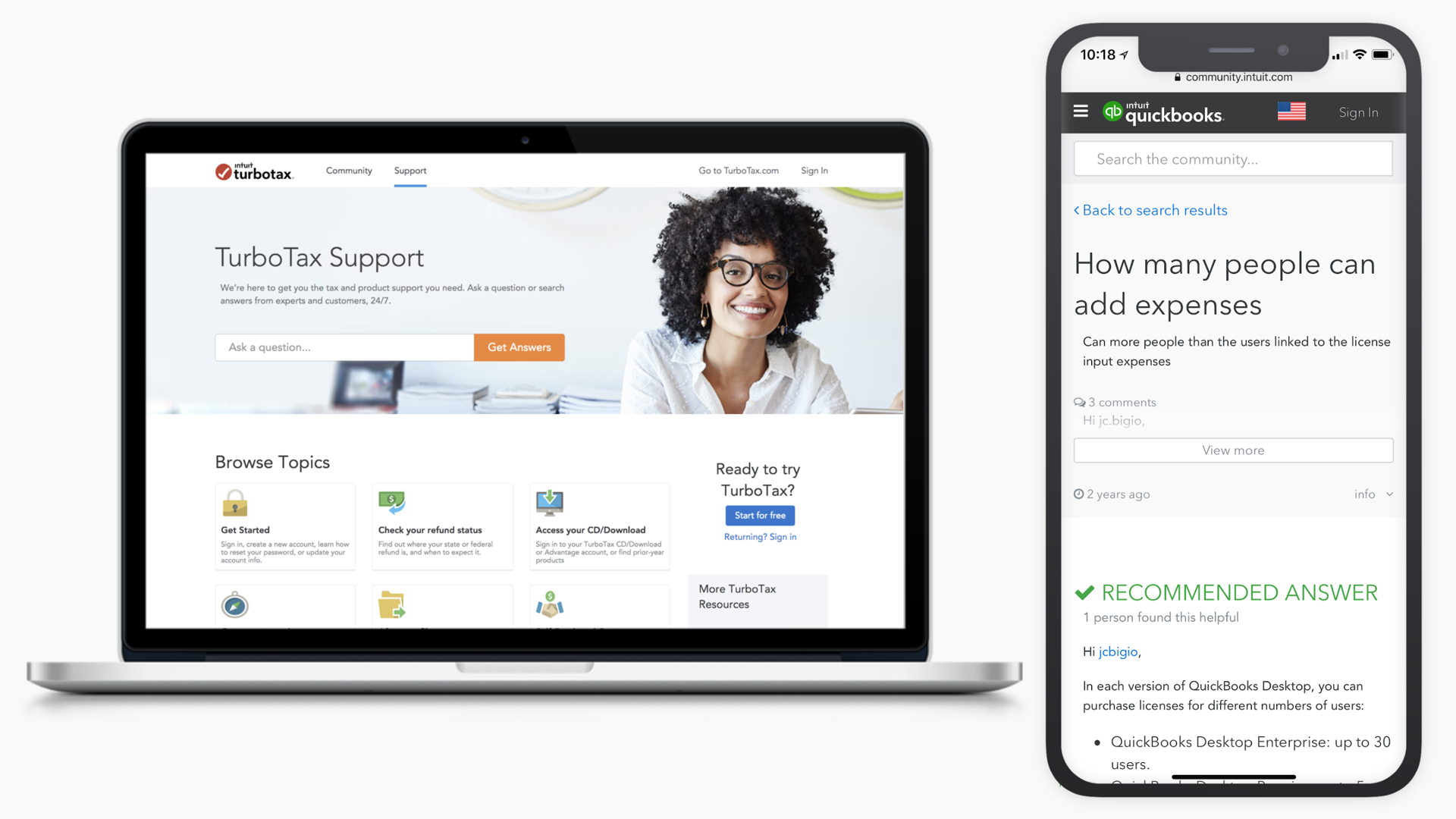
TurboTax and QuickBooks self-help communities on our platform (with Ben Indyk)
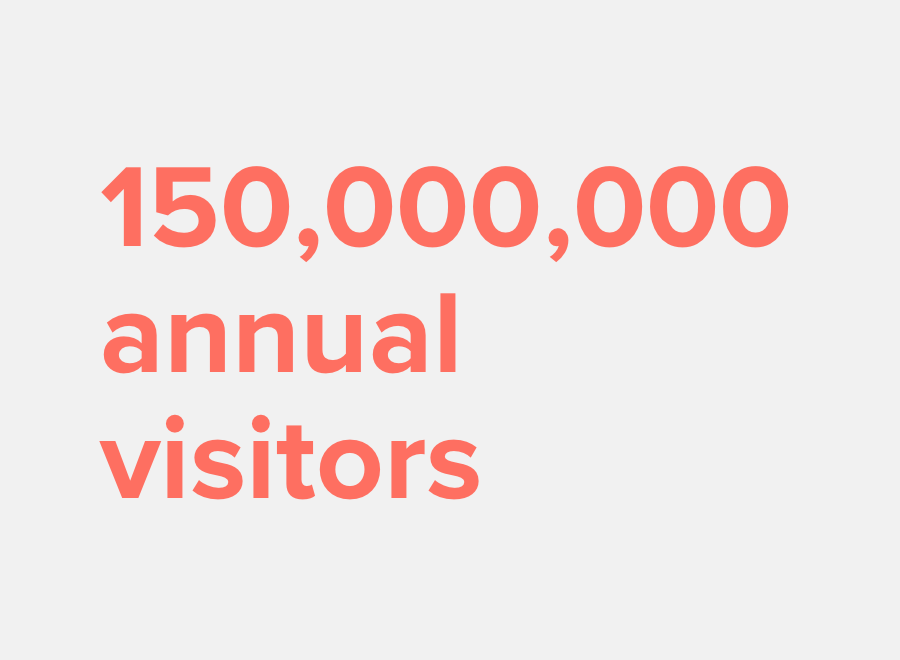
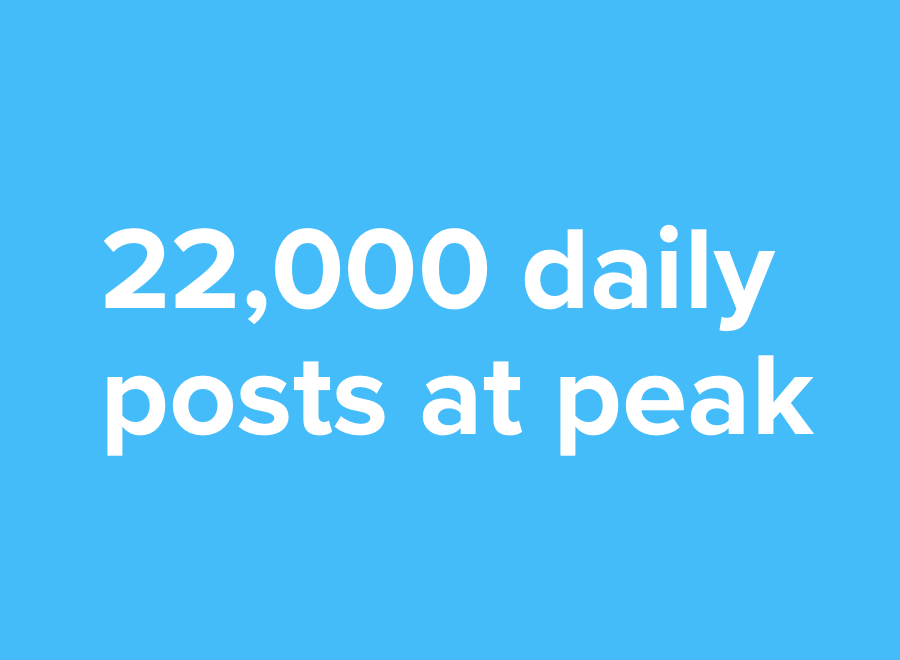
Opportunity
Intuit's self-help portals are accessed by over 150 million people. Google a tax question, and this site often delivers the top result. But this doesn't mean you got the answer you needed.
Work on this problem led to the development of features including widgets, topics, region-selection, agent-tools, enhancements of contributor-experiences, personalization, search, answer pages, question-posting, and contact-us.
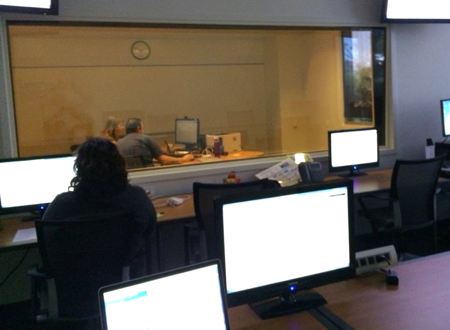
Usability Lab Studies
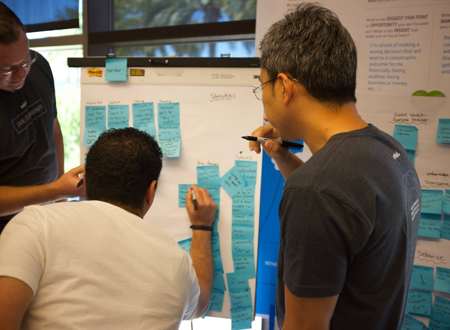
Team Interpretation Session
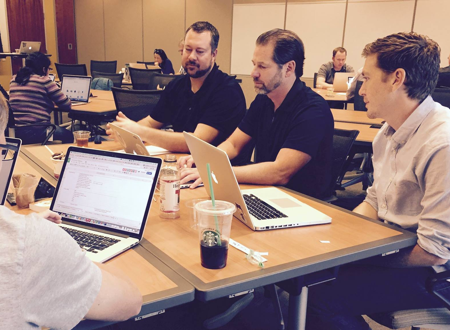
Agile-Scrum with Self Help Platform PM, Architect and Dev
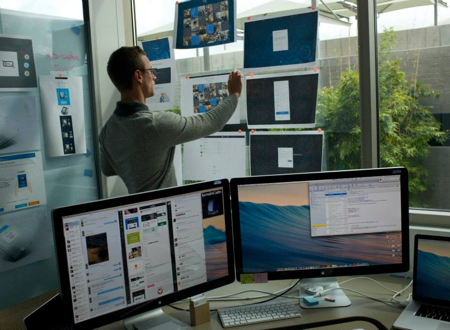
Visual Design
Process
In Agile/Scrum it can be difficult to see how iterative changes affect the end-to-end experience. So I began by implementing an annual E2E Intercept Study to identify and measure changes to the system, and to learn about how our customers sought answers to their questions.
Early on we observed a say-do gap in our studies. Customers would say they wouldn't trust community answers, but we observed them happily using them when they were found. We also recognized that testing users with simulated questions didn't accurately depict what they would do when stakes were high. This told us that reflective or opinion-based research wasn't reliable. So for realism, we switched to using a new virtual-intercept tool. This let us pop screeners and intercept users while they were in the process of seeking an answer to a real question. We regularly brought our development team and partners into our usability labs to observe.
The findings from these studies were captured and reported, but also tracked in a UX Backlog that we used to help prioritize work. I brought the designers of our consuming products (TurboTax and QuickBooks) together on a quarterly basis to review and prioritize our backlog.
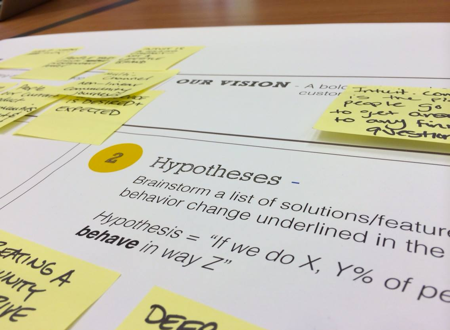
Using the Intuit Lean Canvas to develop testable hypothesis

Low-fi wireframing
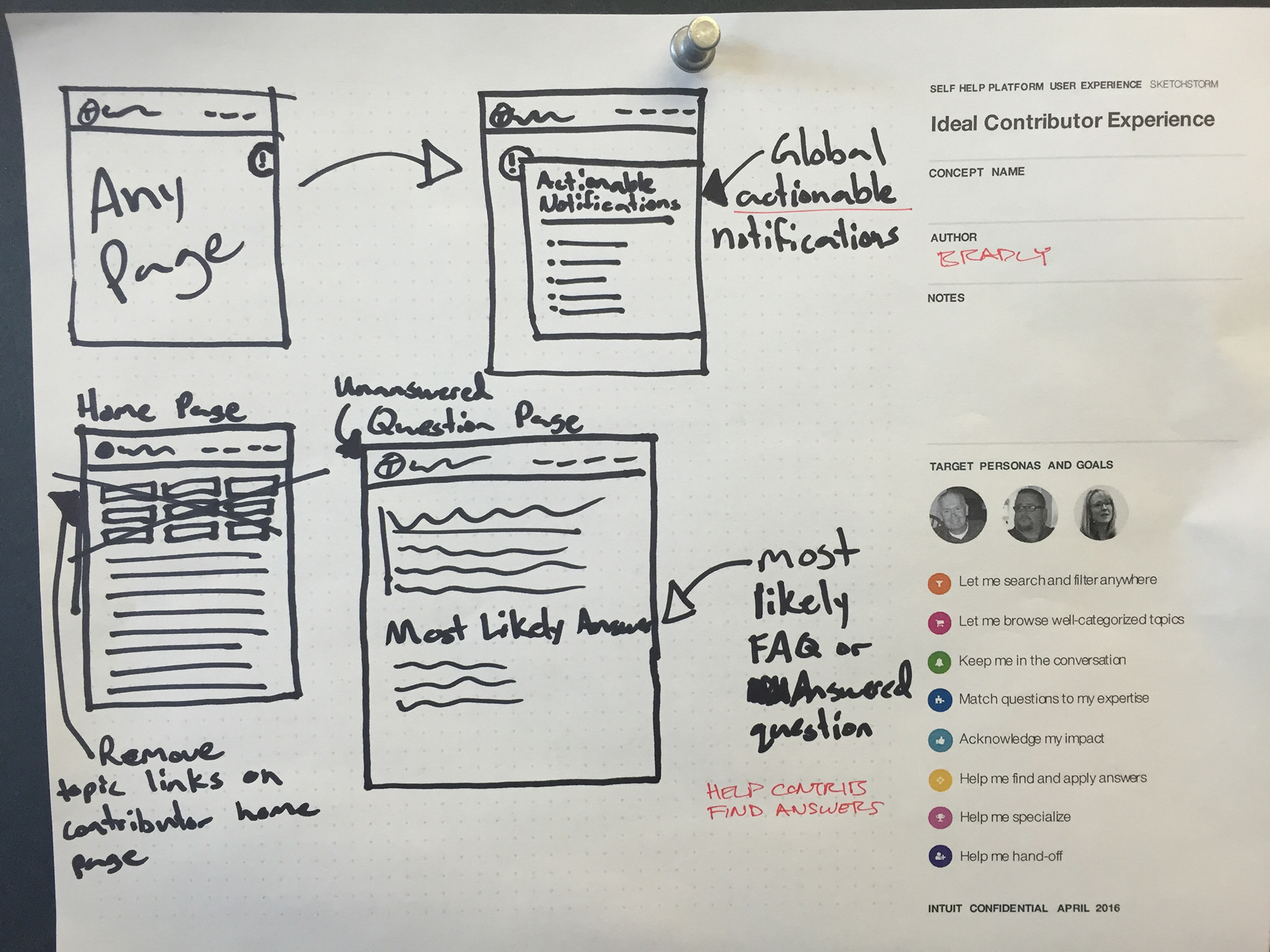
Co-creation with Personas and Themes
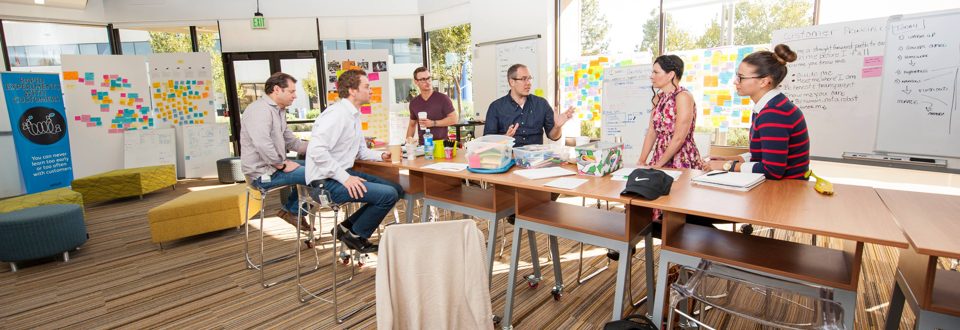
Design For Delight session to re-envision our contact-us experience (with Pam Bailey, Greg Ludke and team)
Design Thinking
I became a certified Intuit Innovation Catalyst, and applied our proprietary Design Thinking methods to solve problems in a customer-backed way. The methods were heavily inspired by LEAN Startup, and involved Rapid Experimentation of Behavior-Change Hypothesis. I enjoyed using these methods to validate concepts even before the design phase.
Cross-functional workshops and the use of customer-driven frameworks and experiments were part of our regular process and helped us redefine our Contact-Us experience, and even inspired us to replatform with new technology.
I later formed a "Customer Success Design Team" that brought numerous disciplines together including content design and support. This mission team was able to cross-share and mobilize to tackle shared problems.
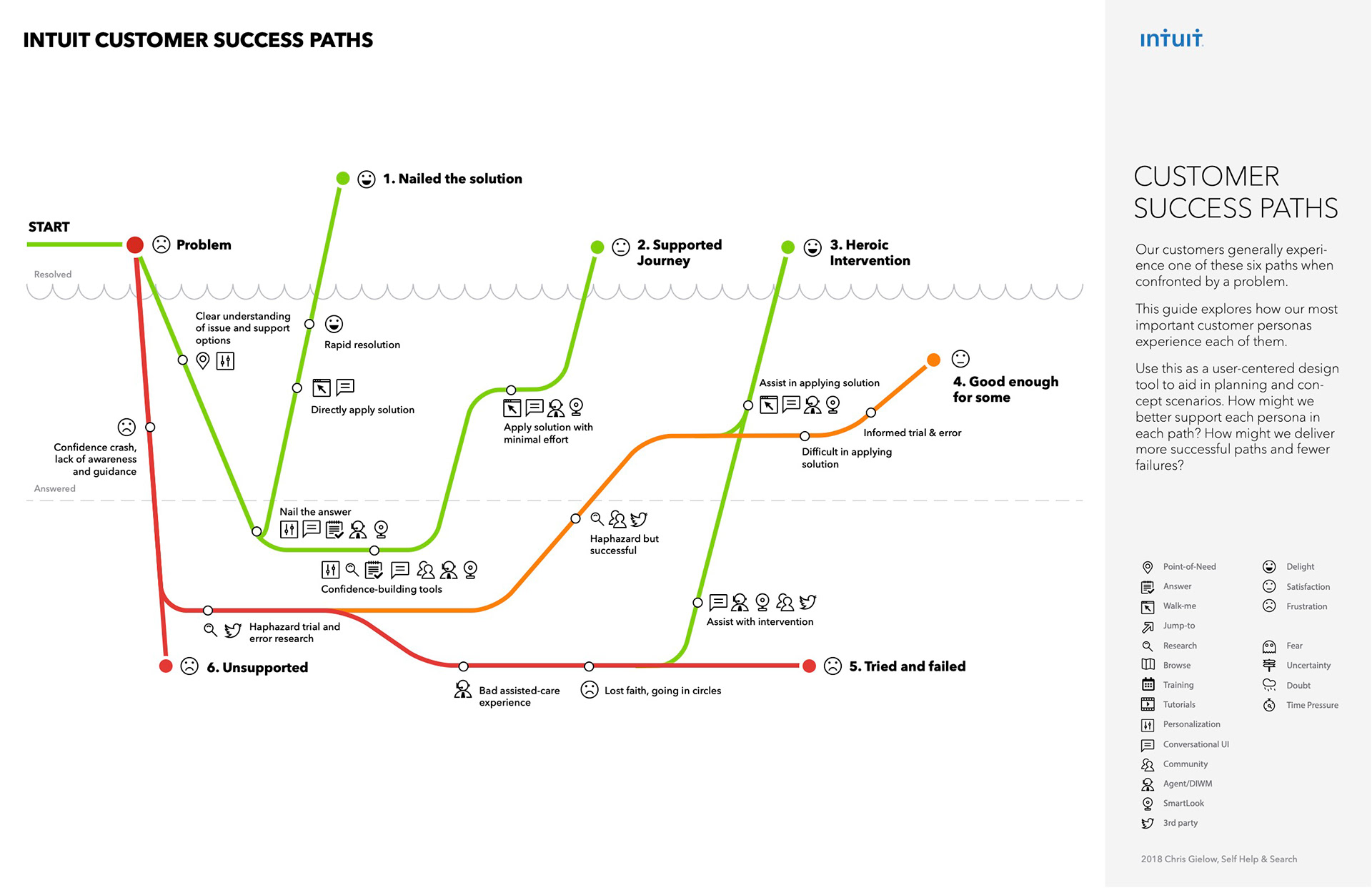
Success Paths Model
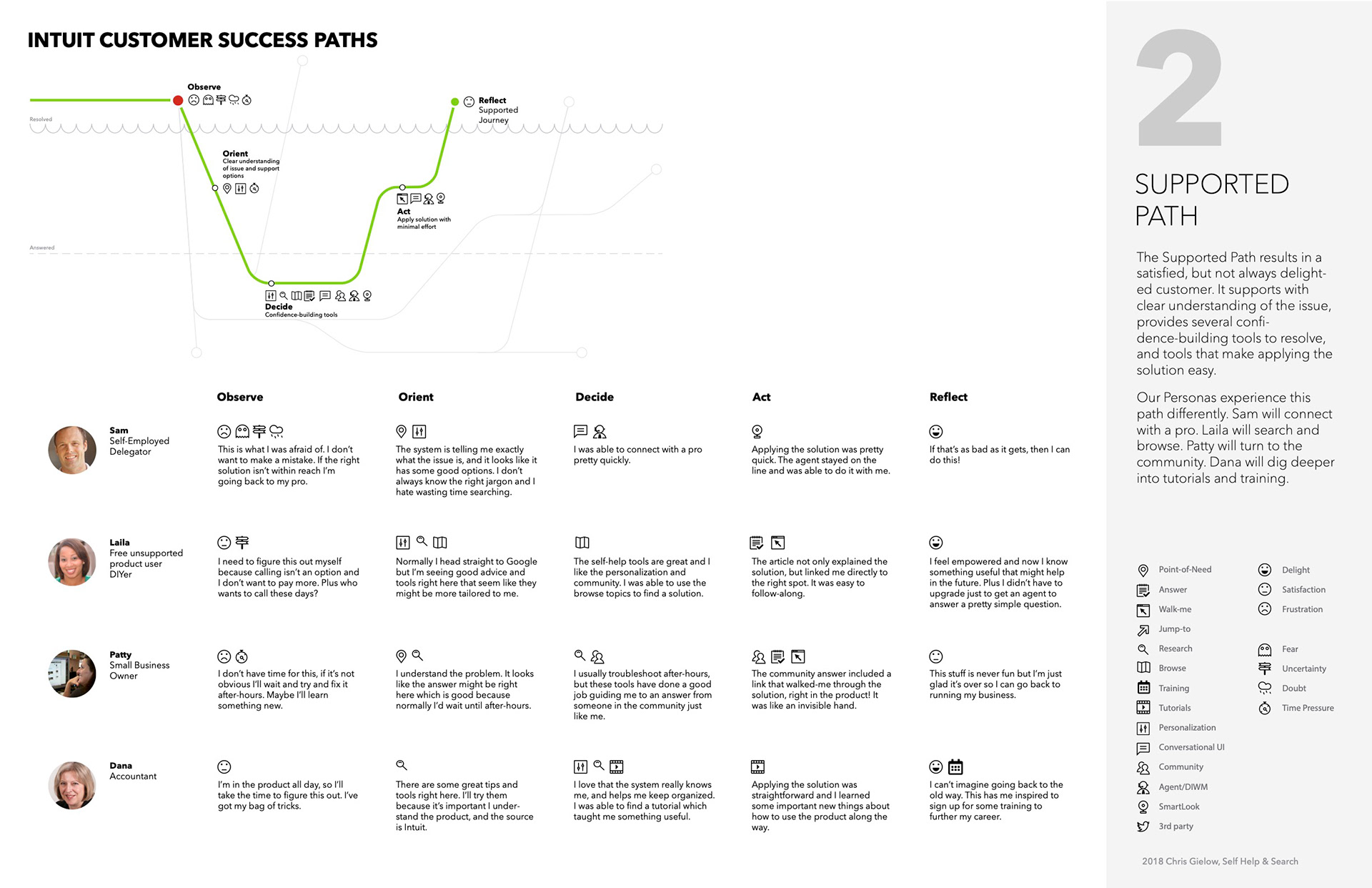
Success Path 2 with applied Persona Journeys
Success Paths
In my early years on the program, I questioned how to best frame our Personas' journey through our system. I knew that a Service Blueprint wasn't ideal because they rely on a "golden path." This works for linear systems like onboarding or checkout, but not with nonlinear systems where there are many unique problems, paths, user-types, and tools.
A breakthrough came when I started observing common patterns during our user intercept studies. I was surprised to see how many people would fail to find an answer, and simply surrender rather than escalate to an agent. This "not worth it" experience was a wakeup call and helped me recognize in time that there were six common outcomes, with well-worn paths, which I labeled: Nailed-it, Supported, Heroic-Intervention, Not-worth-it, Tried-and-failed, and Unsupported.
The next problem was how to connect these common patterns with our existing Personas. Important for contextualizing and providing the right tools at the right time for the right user, regardless of what path they found themselves on. The answer was in applying the Personas as swim lanes and articulating their mindset and tools that they would leverage at each step in the journey.
Success Paths shed visibility on previously undiscovered opportunity areas, such as how to help customers actually apply the answers to their problems, including linking them directly to the relevant part of the product, walking-them through a solution, or watching a video tutorial.
They also helped us think about how to deliver good outcomes no matter where the user's at in their journey.
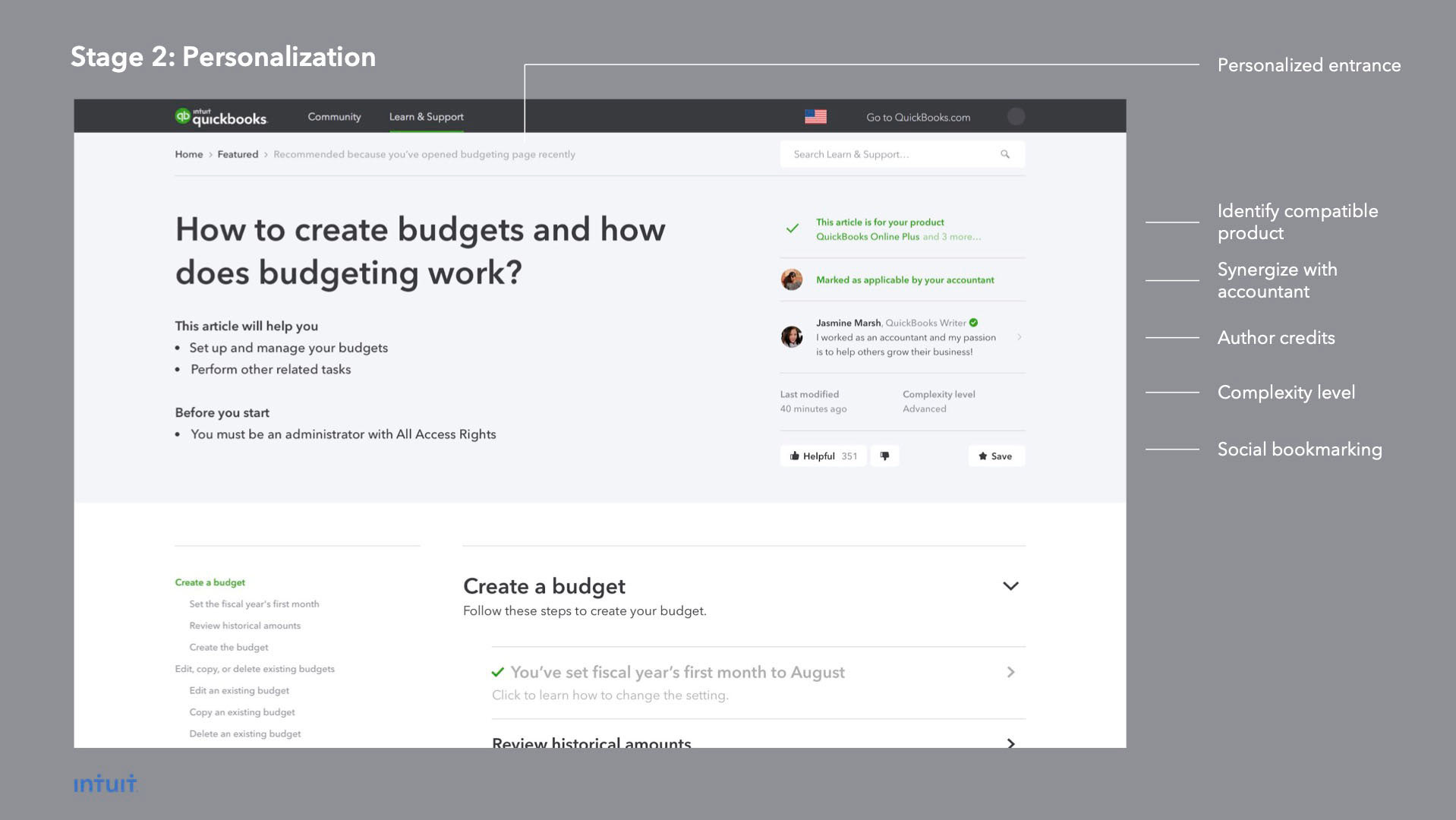
Personalized self-help article (with Aosheng Ran)
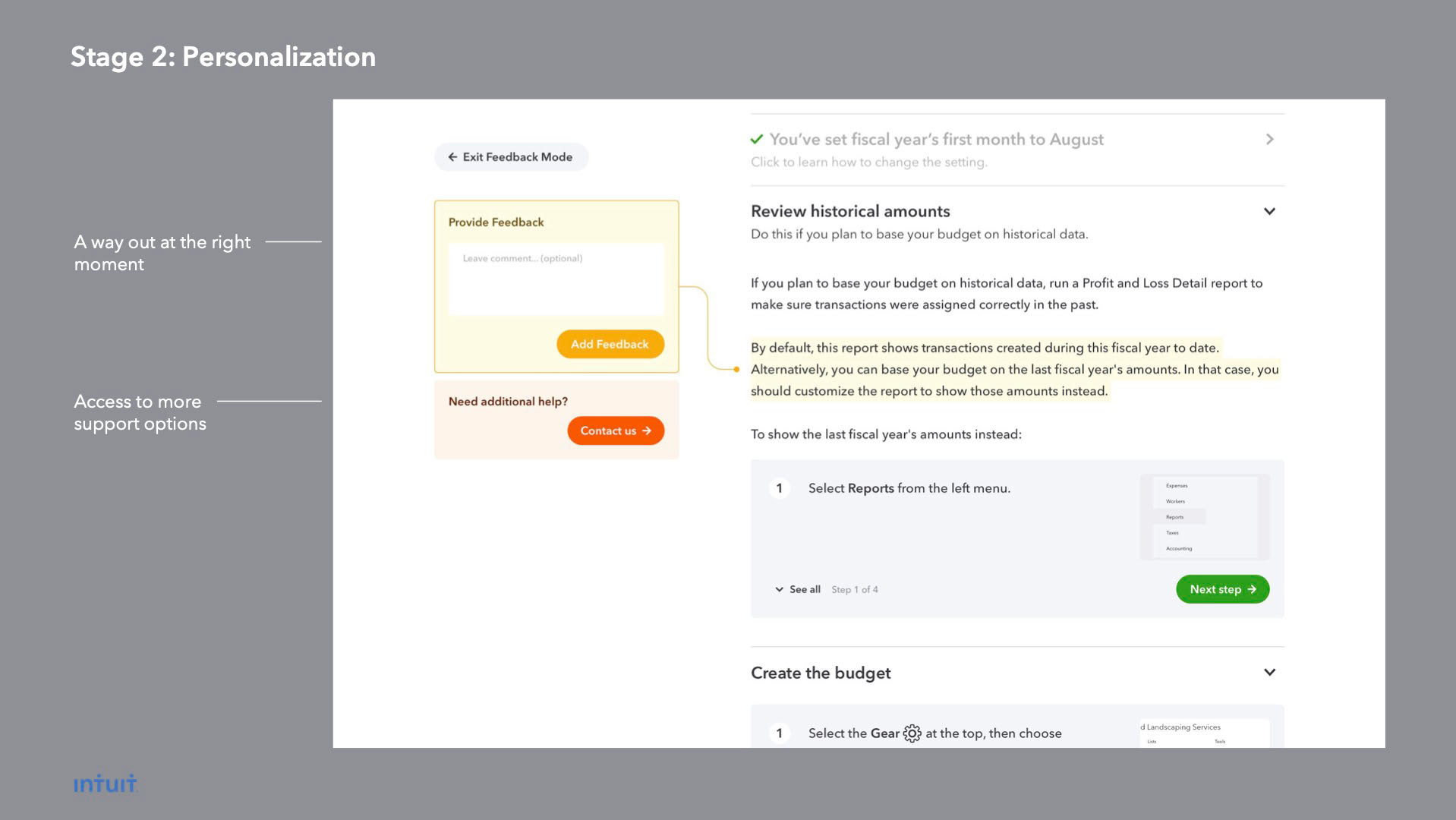
Community Powered Improvements (with Aosheng Ran)
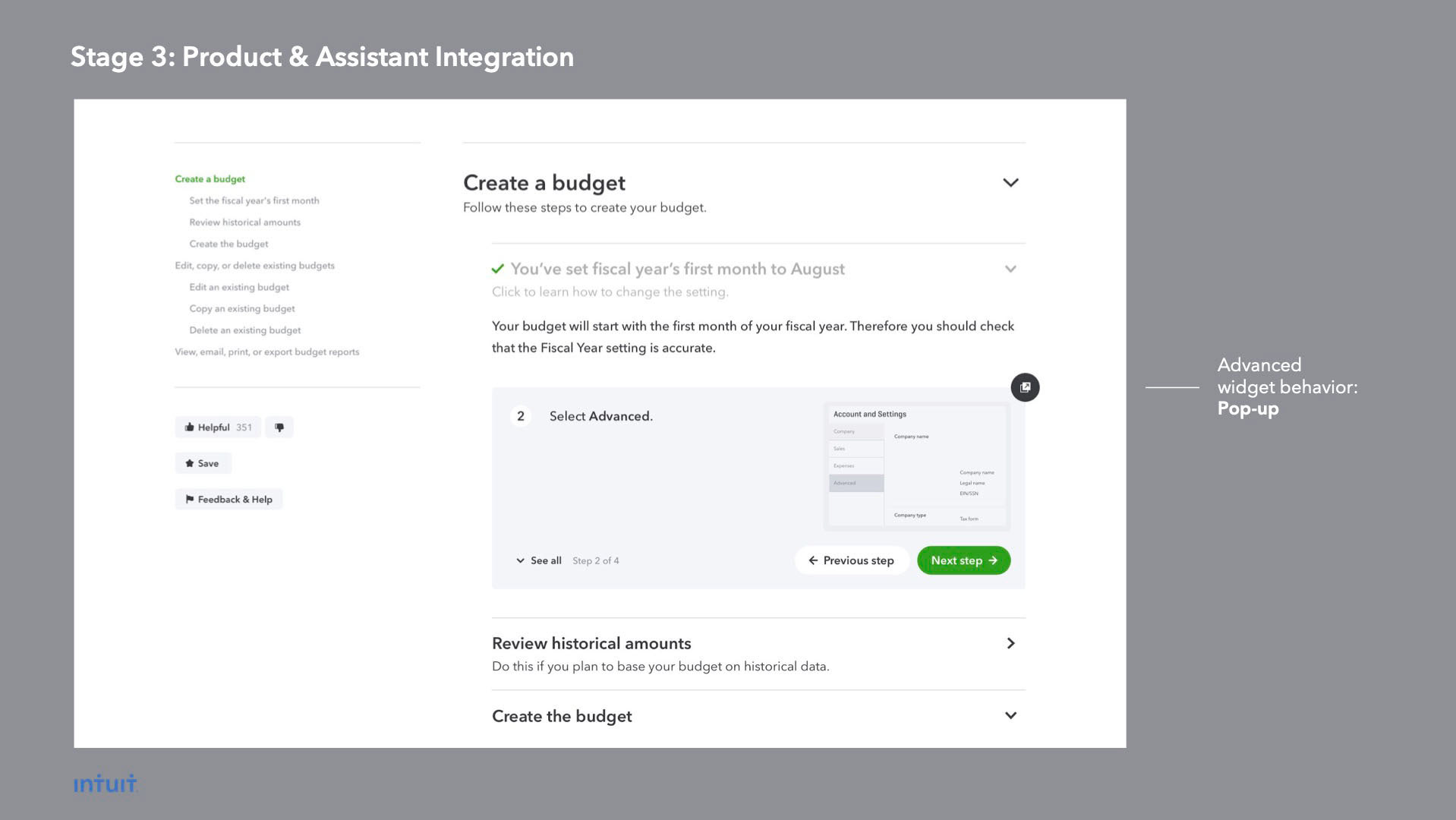
Product Integration Concept (with Aosheng Ran)
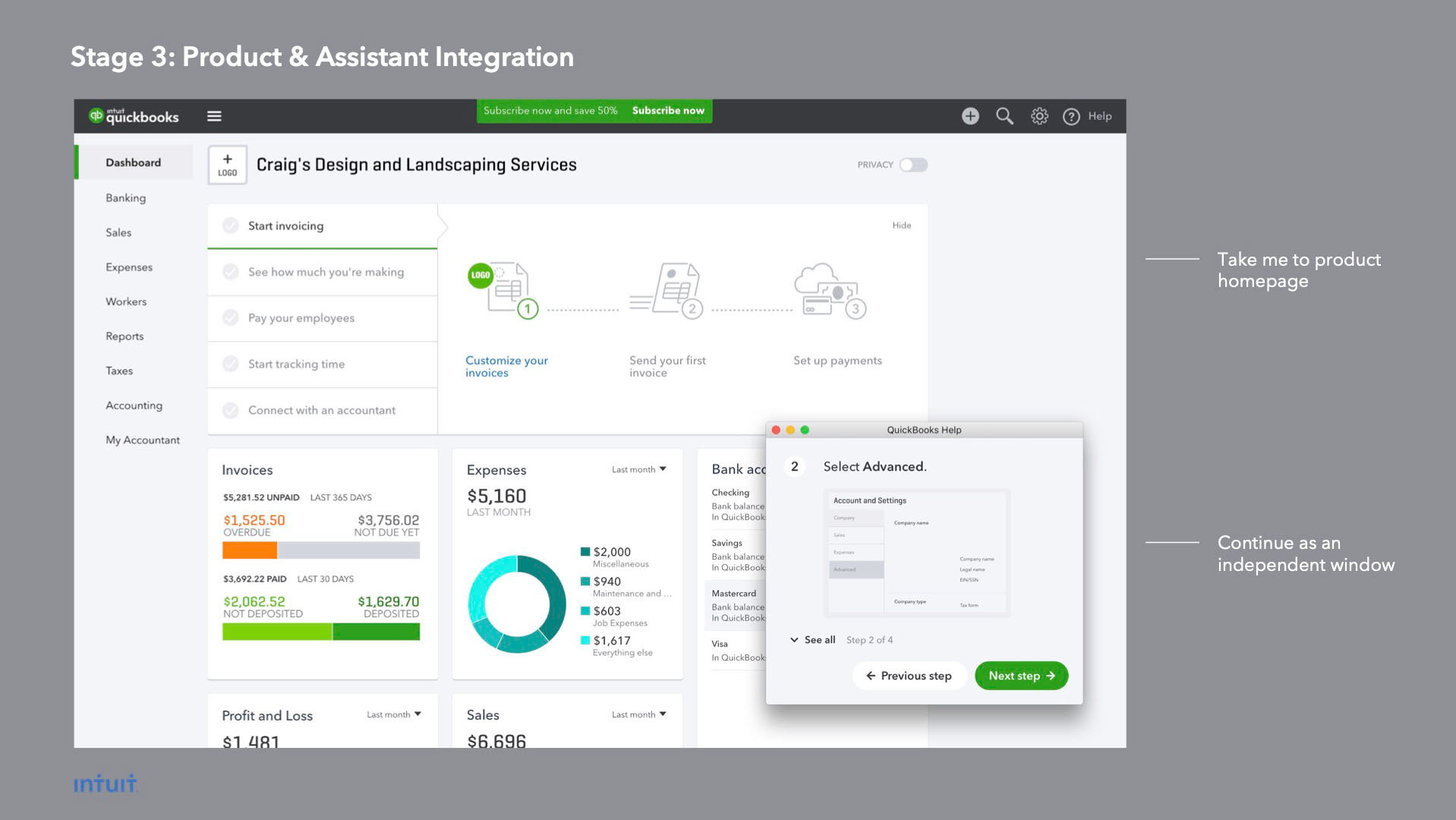
In-app Walk-me (with Aosheng Ran)
Content Delivery
Insights also inspired us to develop personalized self-help solutions that blur the lines between self-help and product use.
Rapid experiments and mid-fi prototypes helped express concepts like a first-time-use for novice contributors, that smartly matches demand with supply. In 2016 we achieved significant contributor growth by implementing a get an answer, give an answer call to action within TurboTax.
Our microservices and embedded widgets power the in-product help experiences of products like TurboTax and QuickBooks. And enable innovation in areas like Chatbots. Design provocations helped us have conversations with our business partners about opportunities like social-innovation and federated search.
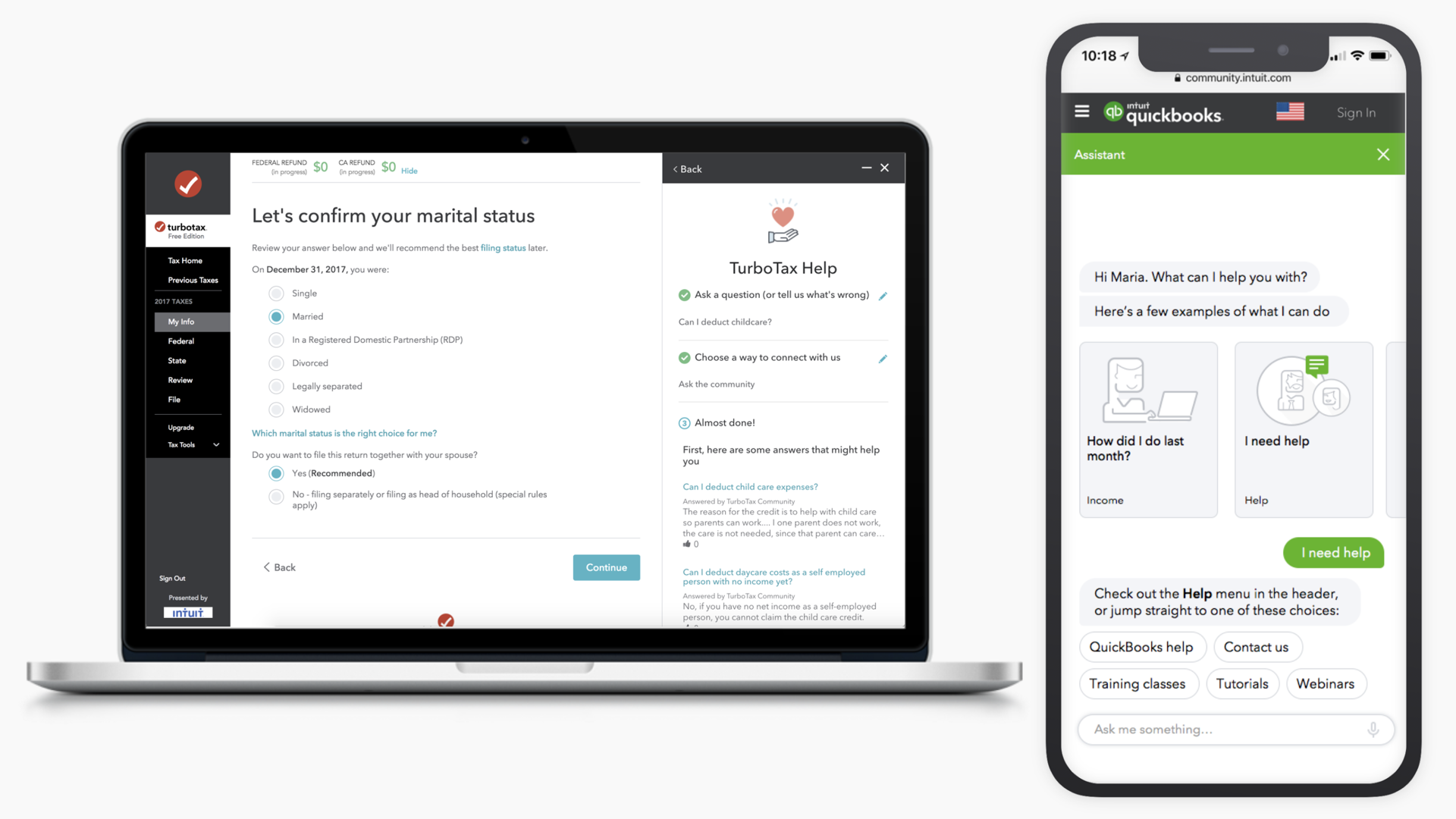
Self-help widgets powering in-product and conversational-UI experiences
Results
During my tenure the program posted strong year-over-year metrics in answer-rate, helpfulness-rate, and growth. Most importantly, Intuit made us the official platform to power self-help for all of its brands.
• 14 Communities helping 150 million consumers
• Contact escalation reduced 50% YOY saving $10MM in support costs.
• $36MM revenue via customer acquisition in past 3 years.
• 123,000 contributors fueling 114MM answers.
• Richest source of NLP training data within Intuit. 1B+ interactions connecting customer, product and behavioral information.
• Superuser answers rated 86% more helpful than agent answers. Represent 0.01% of users, but 100% of the community and 30% of answers.
Intuit continues to accelerate growth in the platform. Customer Success is a key differentiator for Intuit, and the Self Help and Search Platform plays a strategic role.
The future will see further consolidation and standardization of these tools, plus growth in community integration, as well as a more seamless experience between product-usage, and product-support.
team
UX: Chris Gielow, Dawn Ressel, Ben Indyk, Robert Torres, Andrea Gallagher, Kristy Avgerinos, Bobby Bray, Crystal Heithaus, Deanna Nguyen, Aosheng Ran
DM: Todd Goodyear, Faraz Sharafi, Troy Otillio, Jack Tam, Desirée Gosby
PM: Matt Cannon, Jennipher Marie, Kathy Freeman
PjM: Nicole Sweeney

